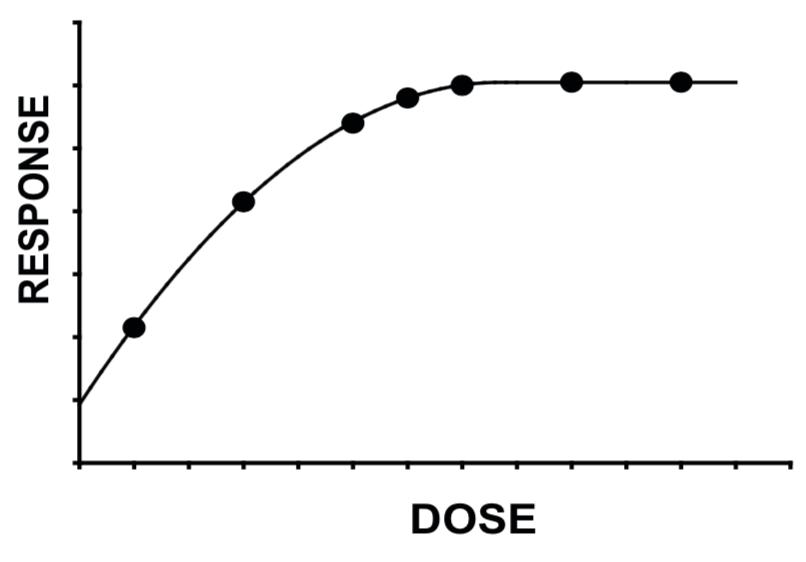Methods to estimate nutrient requirements
In animal populations and particularly in swine production, it is essential to distinguish between requirements and recommendations:
- Nutritional requirements: are determined for individual animals
- Nutritional recommendations: are given for a population of animals
Recommendations are often determined as the requirement of an average animal in the population. However, nutrient requirements vary between animals and the recommendations may not meet the requirement of a certain percentage of the population. Thus, recommendations often have a wider margin to take into account the variation in needs within a population.
The most common approaches to estimate nutrient requirements are the factorial and empirical methods (Hauschild et al., 2010).
Factorial method
The nutrient requirements are obtained by combining the estimated requirements for maintenance and production. The factorial method uses a modeling approach from an average individual in the population and the requirements derive from equations that are usually a function of body weight and production parameters. Using this approach, the limitation lies on determining which animal should be used to estimate the requirements. For example, if the factorial requirement estimates for the average pig are applied to the population, because of natural between-animal variation approximately 50% of the population will not receive enough nutrients to express full growth potential. This method was used by the National Research Council to develop most of the recommendations published on the latest NRC (2012).
Empirical method
In the empirical method, dose-response or titration studies are conducted to determine the nutrient requirements. Dose-response studies are becoming increasingly popular to determine nutrient requirements because the estimates better represent the requirements of the population. The limitation of the empirical method lies on the application of requirement estimates to other populations or beyond the range of body weight.
In dose-response studies, different nutrient levels are tested. It is important to allocate most of the levels around an expected requirement and to include one level sufficiently high to produce the maximum response as well as one level sufficiently low to induce deficiency (Figure 1). The level associated with the best performance is determined through statistical analysis, which is crucial to accurately determine the nutrient requirement. Means comparisons are not an adequate method to analyze data from dose-response studies because it does not take into account the structure of treatment levels. Rather, modelling a response curve using linear and non-linear models is the most appropriate approach to determine a nutritional requirement. The response curve adapts to the shape of the data and indicates the nutrient level that maximizes or minimizes a performance criterion.

Figure 1. Distribution of nutrient levels in dose-response studies (Simongiovanni et al., 2012).
